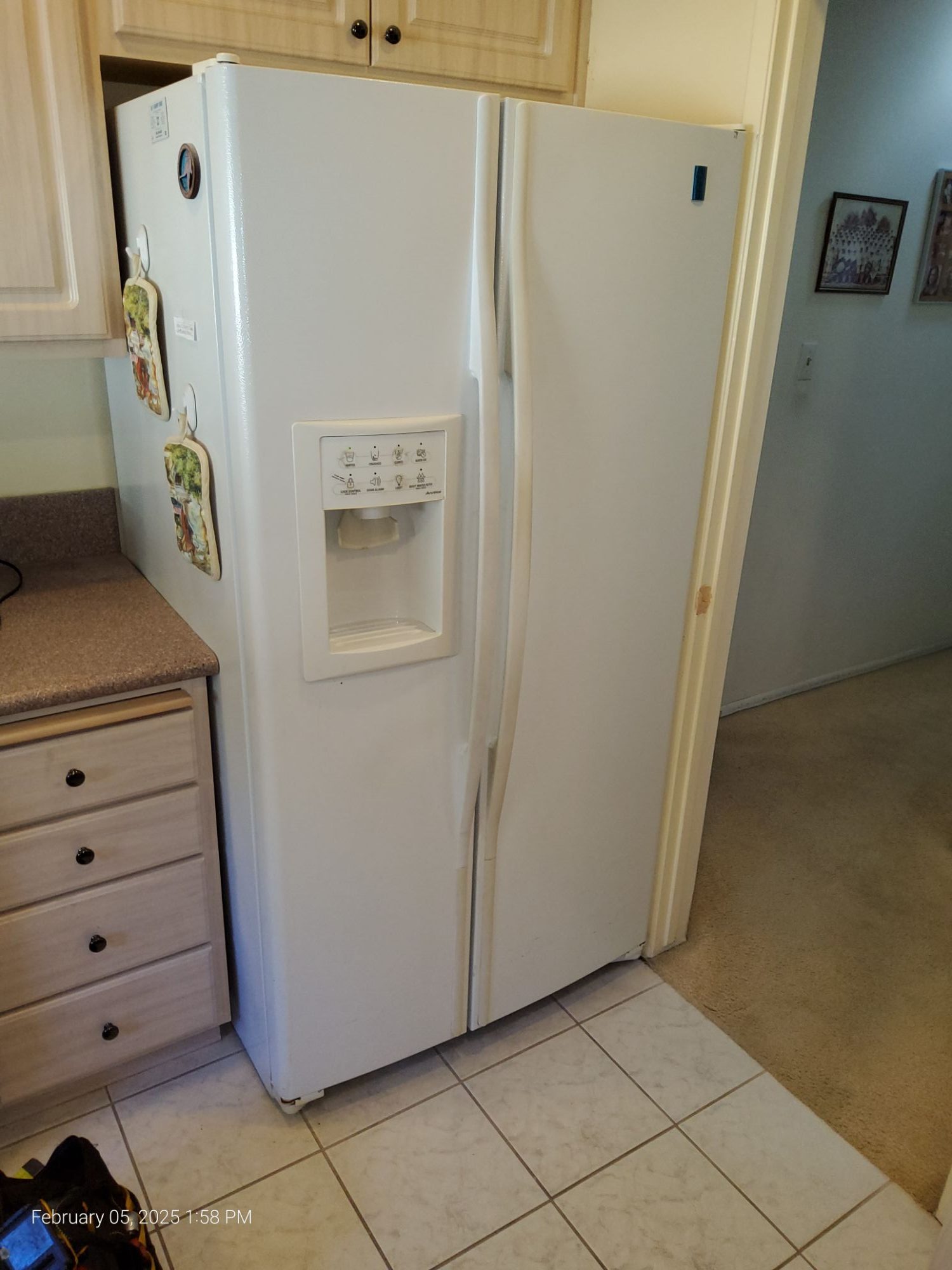
Condensation on the refrigerator door is a common issue that many homeowners notice but often ignore until it becomes more serious. While a small amount of moisture is normal under certain environmental conditions, persistent or excessive condensation on the door or around the gasket indicates an underlying problem. This issue is not only inconvenient but can also lead to mold growth, damaged food, and increased energy consumption. Two of the most common causes are a damaged door gasket or excessive humidity inside the refrigerator. Understanding how these problems occur and how to identify them can save you from unnecessary repairs and help preserve the longevity of your appliance.
Why Condensation Forms on the Door
Condensation happens when warm, moist air contacts a cold surface. The refrigerator door acts as a barrier between the cool interior and the warm exterior environment. When this barrier fails to seal properly, moisture accumulates. If left unaddressed, this continuous buildup can lead to frost, puddles, and compromised appliance performance.Cause 1: Damaged or Worn Door Gasket
The door gasket plays a crucial role in maintaining proper temperature inside the refrigerator. It creates an airtight seal to prevent warm air from entering. Over time, wear and tear, dirt, or deformation can weaken the gasket.Signs of a Damaged Gasket
- Visible cracks, tears, or deformities
- The door not closing tightly
- A warm feeling around the refrigerator edges
- Higher-than-usual energy bills
- Moisture or condensation forming around the door
How a Damaged Gasket Leads to Condensation
As warm air enters the refrigerator, it meets the colder internal air, and moisture begins to collect along the door frame. This creates a perfect environment for mold and mildew growth. If the issue persists, the refrigerator may fail to maintain adequate temperatures, leading to spoiled food and potential health risks.Cause 2: Excessive Humidity Inside the Refrigerator
Humidity inside the fridge can rise for various reasons. Even with a perfectly functioning gasket, excess moisture can create condensation around the door.Common Sources of Internal Humidity
- Storing uncovered liquids or warm food
- Frequent or prolonged door openings
- Faulty or obstructed air vents
- Overfilled refrigerator blocking proper airflow
- Issues with the defrost system
How Excess Humidity Impacts Performance
Too much moisture inside the refrigerator can reduce cooling efficiency. Ice may accumulate on the evaporator coils, interfering with temperature regulation. Over time, this forces the appliance to work harder, leading to increased energy consumption and potential mechanical failures. Excess humidity also increases the risk of bacteria and mold forming in various parts of the fridge.How to Identify the Source of the Problem
Before assuming the worst, you can perform a few checks:1. Inspect the Door Gasket
Run your hand around the gasket to feel for cold air leaks. You can also try the paper test: close a sheet of paper in the door and pull it out. If it slides easily, the gasket is not sealing correctly.2. Check for Visible Damage
Cracked, loose, or brittle gaskets should be replaced immediately.3. Monitor Humidity Sources
Look for uncovered food containers, excessive door opening behavior, or overcrowding that blocks air circulation.4. Observe Internal Temperatures
If the fridge struggles to maintain cold temperatures, internal moisture may be the culprit.Why Professional Repair Is Necessary
While basic troubleshooting can help identify the issue, repairing or replacing components in a refrigerator requires expertise. A trained technician can:- Replace the damaged gasket properly
- Test humidity levels and internal airflow
- Inspect the defrost system
- Ensure the compressor and cooling coils function efficiently
- Prevent long-term damage by addressing underlying issues